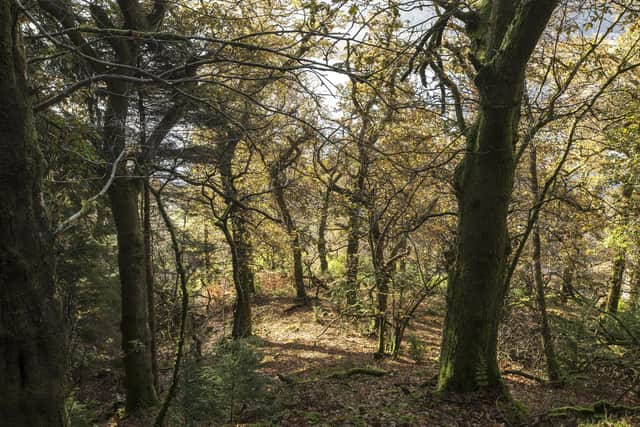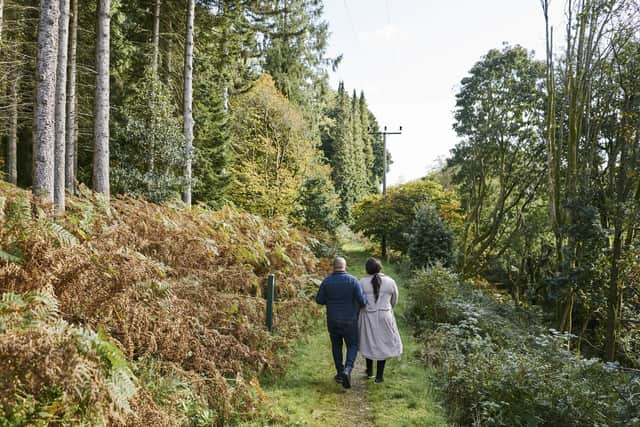Historic Dunoon arboretum helps replace diseased Larch trees
Kilmun Arboretum was established in Dunoon in the 1930s as a living laboratory where forestry experts could test trees’ performance against the west coast’s weather.
More than 260 tree species were planted there in very small plots. Some liked the Scottish weather and soil, some did not. Over 200 species thrived, making the arboretum internationally significant and one of the most important sites for British forestry.
Advertisement
Hide AdAdvertisement
Hide AdThe species tested in Kilmun are planted in forests all over the UK.


Kilmun is also home to prize specimens of their species, like a Eucalyptus nitens, or shining gum, which in 2017 was 36.5m tall, the tallest example of this species in Britain and Ireland. It also has the only mature stand of ‘Big Leaf Maples’ in the entire UK.
The arboretum is now helping solve a problem facing foresters: how to replace the thousands of larch trees that must be felled due to the outbreak of a tree disease in southwest Scotland.
About 100 hectares of larch planted on land adjacent to Kilmun Arboretum have Phytophthora ramorum, which cannot be eradicated. The only way to slow the rate of spread is to fell the infected trees and those surrounding them.
The question of what to plant in their place will be answered by the arboretum and its team of experts.


Gareth Waters, interim head of operational support at Forestry Land Scotland (FLS), which manages both sites, said: “We’ll be planting a variety of species in a mosaic pattern to create a diverse and resilient forest.
“We are still finalising the final selection of trees with Forest Research, but a visit to Kilmun Arboretum provides plenty of obvious choices. Western red cedar, Serbian spruce and Macedonian pine have all done well there and would probably suit this site.
“It’s all about the right tree in the right place. Other species that are doing brilliantly in the arboretum, like the Red maple, might not be appropriate as they have poor commercial timber properties.
Advertisement
Hide AdAdvertisement
Hide Ad“We’ll also avoid using certain species in areas where they can regenerate freely and squeeze out the competition.”
While the arboretum was first planted in the 1930s, FLS continues to work with Forest Research to trial new species there.
Matt Parratt from Forest Research said: “At Kilmun we prioritise tree species that are threatened in the wild, may be adapted to a future climate or have the potential to produce usable timber.
“The moist oceanic climate makes Kilmun particularly suited for species from similar climatic zones, such as the Pacific northwest of North America, Chile, and the northeast of Asia and Japan.
“These are experimental plantings, but they help us to support others to develop plans for future forests in Scotland and the rest of the UK.
“Visitors wander through the small forests of silver firs, coastal redwoods and Chilean southern beech and have a lovely day out. They don’t know that those trees will help us make resilient forests that are resistant to climate change, disease and other unknown threats.
“There’s nowhere quite like Kilmun.”
Comments
Want to join the conversation? Please or to comment on this article.